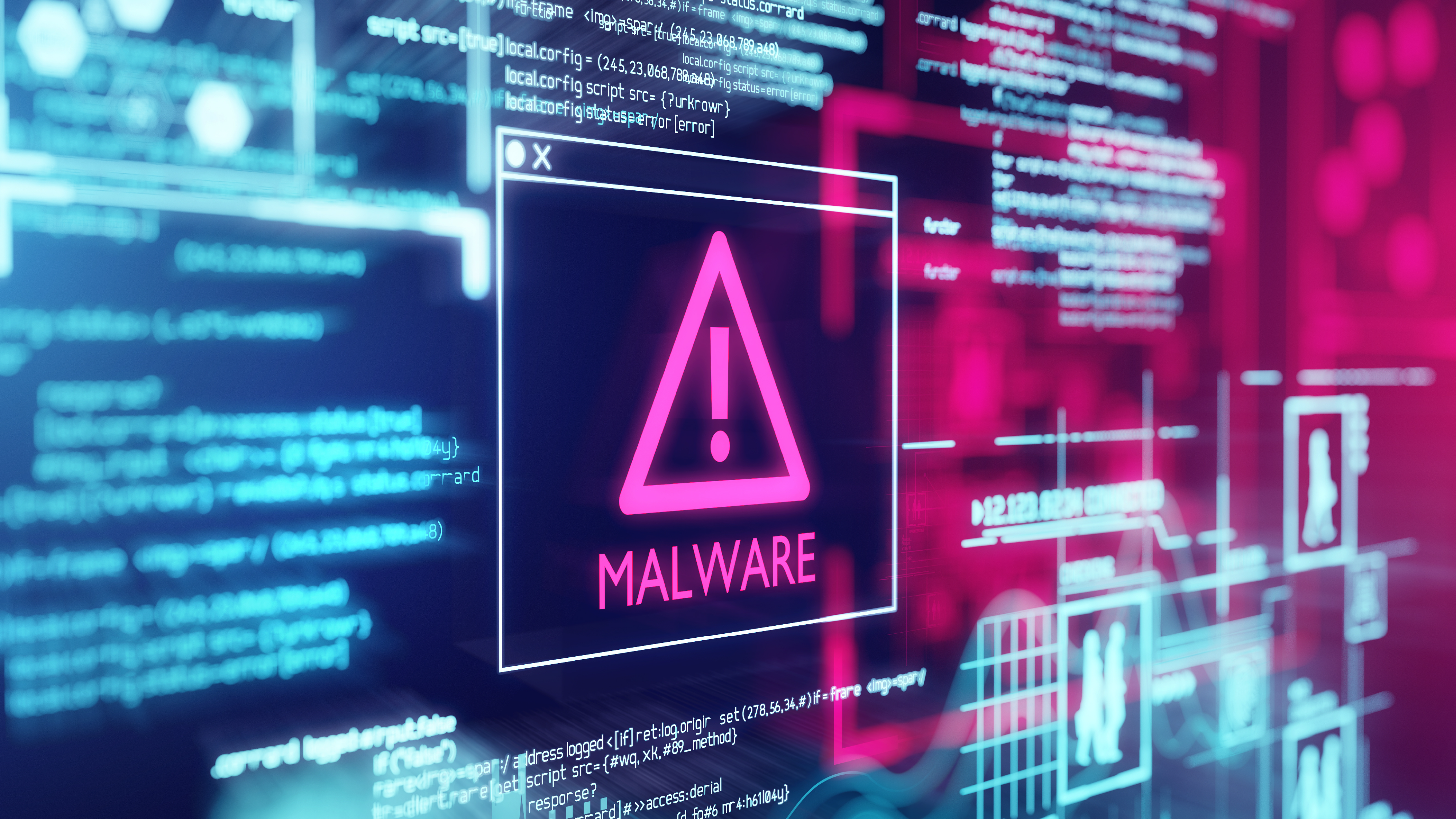In the perpetual cat-and-mouse game between cybersecurity professionals and malicious actors, a new stealthy player has emerged: fileless malware. Unlike traditional malware that relies on executable files stored on disk, fileless malware operates by infiltrating a system’s memory and leveraging legitimate system tools to carry out its malicious activities. This insidious form of malware presents a significant challenge to antivirus (AV) solutions, as it can evade detection by hiding within event logs and exploiting memory-resident vulnerabilities.
Covered in this article:
The Rise of Fileless Malware
Fileless malware represents a paradigm shift in cyber threats. Instead of leaving a conspicuous footprint on disk, fileless malware operates entirely within volatile memory, making it exceptionally difficult to detect using traditional antivirus software. By leveraging legitimate system processes and tools, such as PowerShell or Windows Management Instrumentation (WMI), fileless malware can execute malicious commands without ever writing to disk.
Hiding in Plain Sight: Event Logs
One of the key tactics employed by fileless malware to evade detection is to hide within event logs. Event logs are essential for monitoring system activity and are often overlooked by traditional antivirus solutions. By injecting malicious code into legitimate event log entries or creating new, seemingly benign entries, fileless malware can camouflage its activities and avoid triggering AV alerts.
Moreover, fileless malware can exploit vulnerabilities in event log processing mechanisms to execute arbitrary code or escalate privileges, further complicating detection efforts. This allows the malware to maintain persistence on the compromised system while remaining undetected by AV solutions.
Memory Manipulation AV
Another tactic used by fileless malware is memory manipulation. By exploiting vulnerabilities in system memory, such as buffer overflows or reflective DLL injection, fileless malware can inject its code directly into running processes, effectively bypassing traditional AV scans that focus on disk-based files.
Furthermore, fileless malware can leverage living-off-the-land techniques, where it abuses legitimate system processes and tools to carry out malicious activities. For instance, PowerShell, a powerful scripting language built into Windows, is frequently abused by fileless malware to execute commands and download additional payloads without ever touching the disk.
The Challenge for Antivirus Solutions
The emergence of fileless malware poses a significant challenge for traditional AV solutions. Conventional antivirus software relies heavily on signature-based detection methods, which are ineffective against fileless threats that leave little to no trace on disk. Additionally, fileless malware can easily evade behavior-based detection by mimicking legitimate system activities.
To effectively combat fileless malware, AV vendors must adopt advanced detection techniques that focus on monitoring system memory and behaviour in real-time. Machine learning algorithms and behavioural analysis can help identify anomalous activities indicative of fileless malware, enabling proactive threat detection and mitigation.
Fileless malware represents a sophisticated and elusive threat to cybersecurity. By exploiting vulnerabilities in event logs and leveraging memory-resident techniques, fileless malware can evade traditional antivirus solutions and maintain a persistent presence on compromised systems. To effectively defend against fileless malware, organizations must adopt a multi-layered security approach that combines advanced threat detection technologies with robust cybersecurity practices. By staying vigilant and proactive, we can mitigate the risks posed by fileless malware and safeguard our digital assets against evolving cyber threats.


